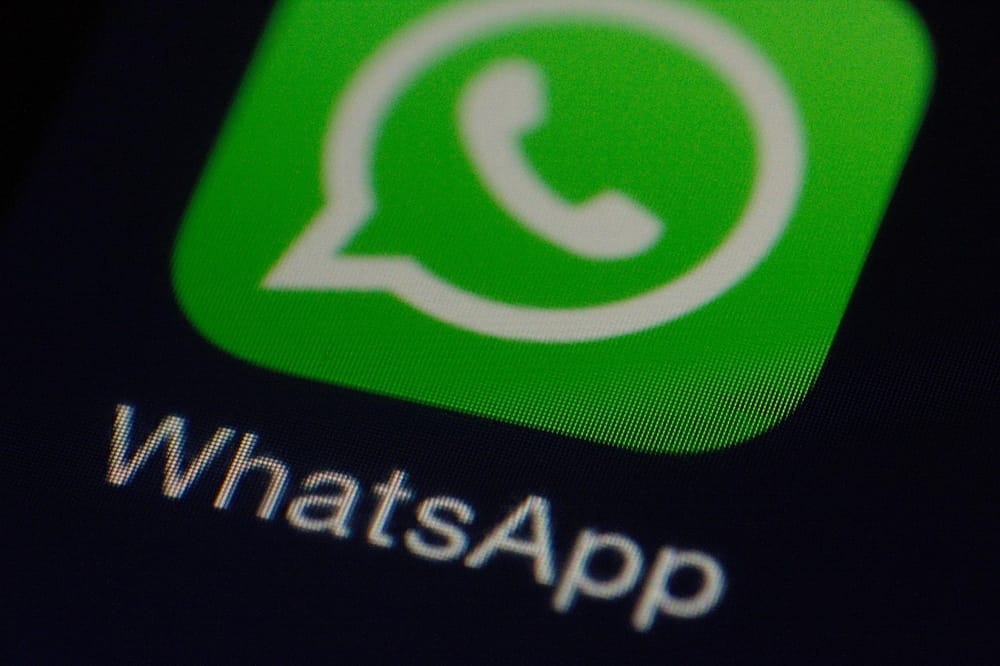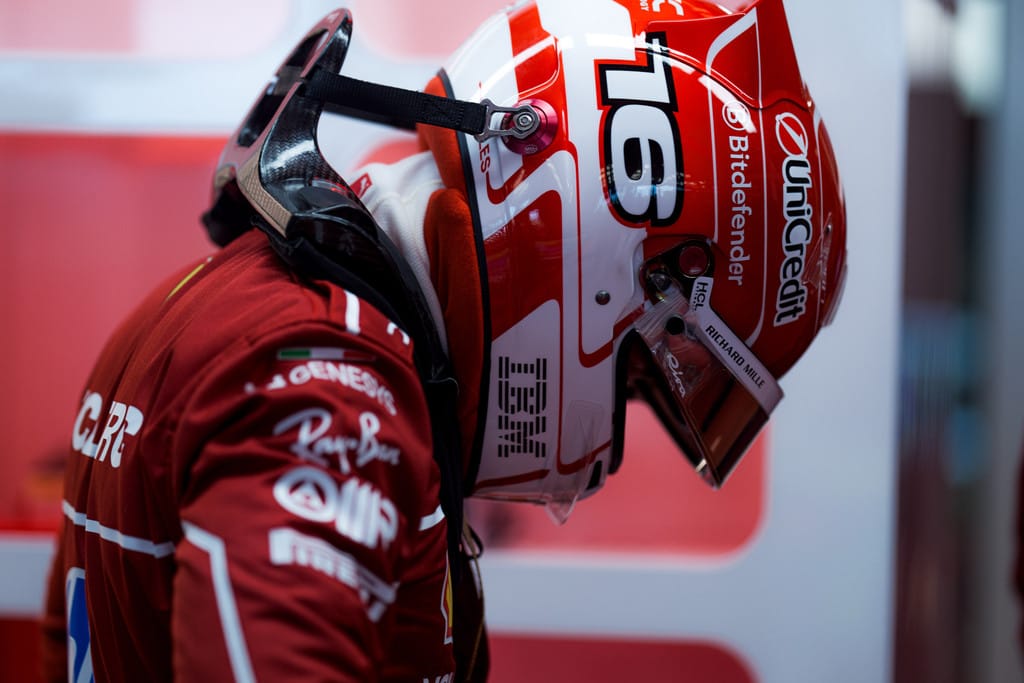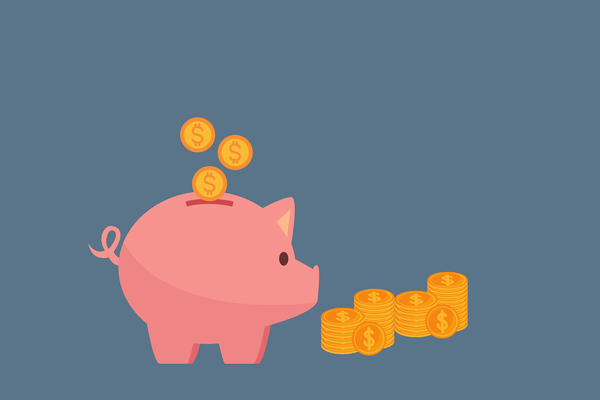What Is a Finsta and What Parents Should Do If Their Children Have One

Have you ever heard your child mention the term "Finsta" and wondered what it's all about? If their explanation left you with more questions than answers, don't worry—you're not alone. Here's everything you need to know about Finstas, why kids use them, the potential risks, and how you can help keep your child safe online.
What Is a Finsta?
"Finsta" is short for "fake Instagram," but the name is a bit misleading. It's not a fake account in the sense of pretending to be someone else. Instead, a Finsta is a secondary Instagram account, often private, that a person creates alongside their main account ("Rinsta," or "real Instagram").
Finstas are typically more personal and informal. While a main account might have hundreds or even thousands of followers, a Finsta usually has a much smaller, carefully selected audience—close friends or trusted people. These accounts often feature candid photos, inside jokes, or posts that kids don't feel comfortable sharing with their entire social circle.
In short, while "real" social media profiles often showcase a curated and polished version of someone, their "finstas" reveal a more authentic side. Refinery29 reports that Even celebrities like Justin Bieber, Bella Hadid, and Ariana Grande are known to use finstas. It's easy to see why—these private accounts allow people to share content freely, away from the pressures of public scrutiny.
Related: What Parents Need to Know about Instagram
Why Do Kids Have Finstas?
Most of the reasons are tied to their need for privacy and self-expression. Here's why they're so popular:
- On a Finsta, kids feel less pressure to maintain the polished image of themselves.
- Finstas provide a space where kids can share without fear of criticism from acquaintances, extended family, or others who follow their main accounts.
- Teens often use Finstas as an outlet for humor, creativity, or venting feelings they might not want to broadcast widely.
How Kids Create Finstas
Here's how they do it:
Most kids avoid using their real names. Instead, they go for pseudonyms or random phrases to stay anonymous.
They choose like a cartoon, a meme, or an object to avoid anything that might identify them.
Set up the account by creating a new one and avoiding linking it to your primary Instagram account for added privacy.
They maintain anonymity and privacy of the account:
· Set to private, so only approved followers can see their posts.
· Avoid linking their phone numbers and use an email address instead.
· Skip linking the account to other social media platforms.
· Use fictional information.
· Avoid tagging locations or checking in to keep their whereabouts private.
Related: Kids Using Secret Decoy Apps: What Parents Need to Know About the Dangers
What Are the Risks of Having a Finsta as a child?
Despite the seemingly harmless nature of Finstas, they can come with risks:
- Inappropriate Content: With a smaller audience and less oversight, kids may feel freer to post content that's inappropriate or risky.
- Cyberbullying: Finstas can be used to target others or to post things that could harm friendships or reputations.
- Privacy Issues: Even private accounts aren't entirely secure. Screenshots or leaks can expose what was meant to stay private.
- Mental Health Impact: Balancing multiple social media accounts and curating content for both can increase stress and anxiety.
- Dangerous Connections: In some cases, kids might add people to their Finstas they don't know well, opening the door to potential online predators.
How to Tell If Your Child Has a Finsta and What You Can Do About It
If you're curious whether your child has a Finsta, there are ways to approach the topic and foster a constructive conversation. Here's how to identify signs and handle the situation effectively.
Spot the Signs
There are a few clues that might suggest your child has a private Instagram account:
- They spend a lot of time on Instagram but rarely post on their main profile.
- You hear them mention "spam accounts" or "private accounts" or see references to inside jokes or posts you can't find on their public page.
- Their follower list includes an unusual account with an alias that might be their Finsta.
- On Instagram, accounts can be switched without logging out. If you look at your child's profile and see an arrow next to their username, tapping it might reveal any other accounts they're using.
How to Approach the Topic
Start with an open, judgment-free conversation to help your child feel comfortable sharing.
- Ask directly but calmly: "I've heard about Finstas—do you have one? I'd like to understand why you feel you need a private account."
- Listen to their reasons without interrupting or jumping to conclusions. They may value their Finsta as a space for self-expression or sharing with close friends.
- Share your concerns in an understanding tone, especially about risks like privacy, cyberbullying, or inappropriate content.
Collaborate on Boundaries
If your child does have a Finsta, this can be an opportunity to set mutual boundaries together:
- Talk about who they add as followers and encourage them to keep the circle small and trustworthy.
- Discuss what kind of content is appropriate to post and remind them of the potential risks, even on private accounts.
Privacy and Safety Considerations
Not all Finstas are cause for concern. For many kids, they're a way to escape the pressures of public social media and express themselves more freely. However, if the account reflects troubling behavior or risky activities, it's important to address those issues directly.
Remember, even private accounts aren't entirely secure. Screenshots can be taken, posts can be shared without permission, and content can quickly spread beyond the intended audience. By staying involved and maintaining open communication, you can guide your child toward responsible social media use while supporting their need for privacy.
How to Protect Your Child
The more your child feels they can trust you, the more likely they are to share what they're doing online. Be approachable and open to their perspective.
- Follow their main account if they're comfortable with it.
- Have regular conversations about social media use and online safety.
- Explain how even private posts can become public.
- Discuss the importance of not sharing personal information or anything they wouldn't want widely seen.
Consider Bitdefender Parental Control, which helps you monitor social media activity, set internet time limits, and filter inappropriate content—all while respecting their need for privacy.
FAQs
How are Finstas different from regular Instagram accounts?
Finstas, or "fake Instagrams," are private, secondary accounts that people create alongside their main Instagram profiles. Unlike regular accounts, which often have a larger audience and curated posts, Finstas are typically shared with a small, trusted group of friends. They're used for more casual, personal, or candid content, offering a space for self-expression without the pressure of public scrutiny.
Are Finstas safe?
Finstas can be safe if used responsibly, but they still come with risks. Even private accounts aren't entirely secure, as screenshots or leaks can expose content meant to stay within a small circle. Additionally, kids might post risky or inappropriate content, thinking it's safe because of the limited audience. Open communication and awareness about online safety can help minimize these risks.
Can kids make and use Finstas?
Yes, kids can create and use Finstas, as Instagram's age requirement for any account is 13 years old. Many teens use Finstas to share personal or humorous content with close friends. However, parents should monitor how their children use Finstas to ensure they're not sharing sensitive information, engaging in harmful behavior, or interacting with strangers.
Can my Finsta be found by searching my real name?
If your Finsta is set up correctly and doesn't include your real name in the username, bio, or email address linked to the account, it's unlikely to appear in searches for your name. However, if your Finsta is connected to your primary Instagram account, there's a chance it
tags
Author
Cristina is a freelance writer and a mother of two living in Denmark. Her 15 years experience in communication includes developing content for tv, online, mobile apps, and a chatbot.
View all postsRight now Top posts
How to Protect Your WhatsApp from Hackers and Scammers – 8 Key Settings and Best Practices
April 03, 2025
Outpacing Cyberthreats: Bitdefender Together with Scuderia Ferrari HP in 2025
March 12, 2025
Streamjacking Scams On YouTube Leverage CS2 Pro Player Championships to Defraud Gamers
February 20, 2025
How to Identify and Protect Yourself from Gaming Laptop Scams
February 11, 2025
FOLLOW US ON SOCIAL MEDIA
You might also like
Bookmarks







